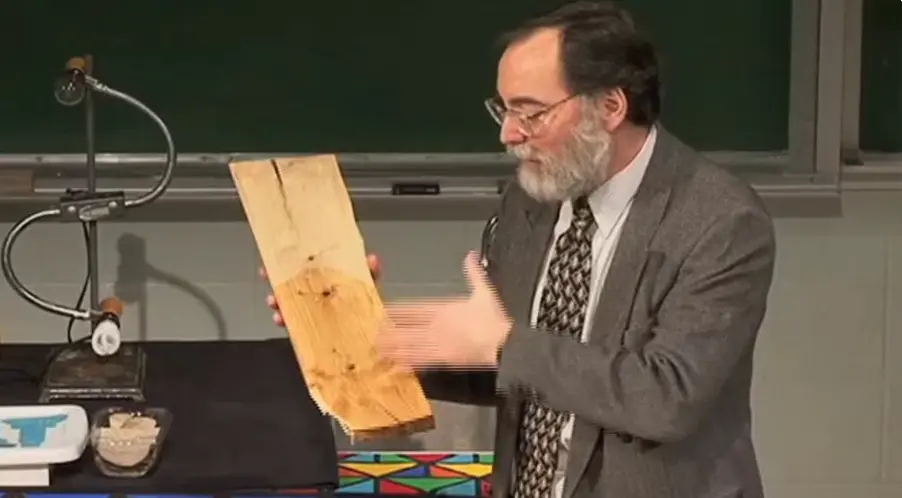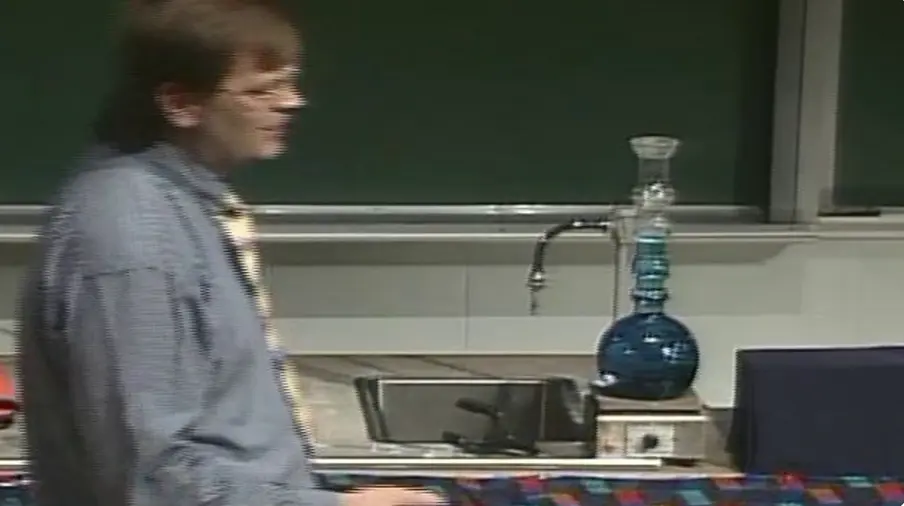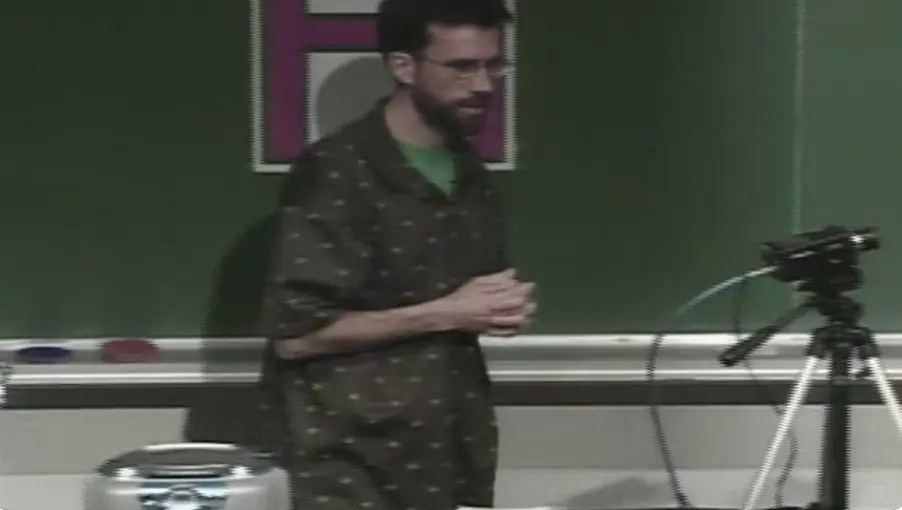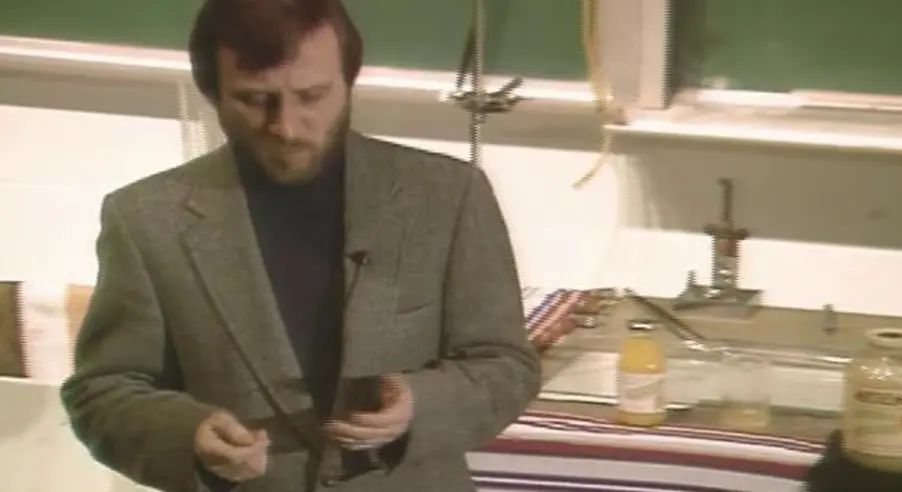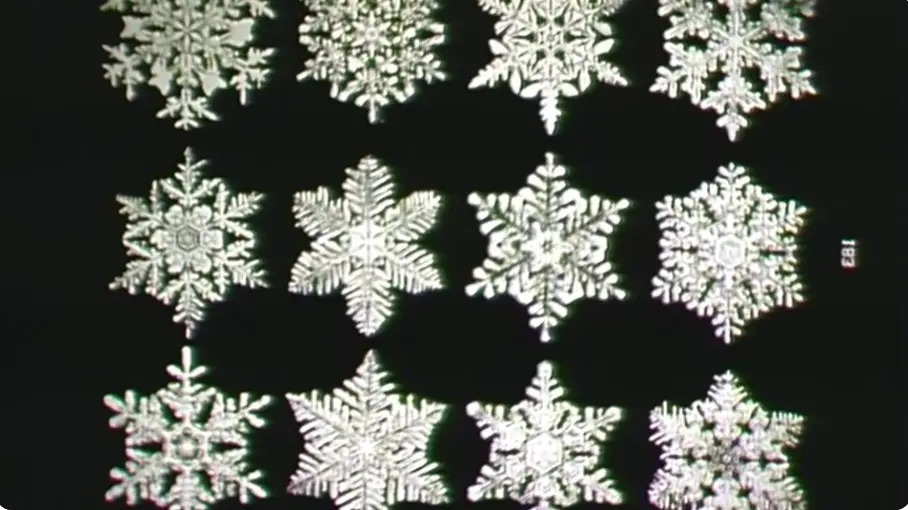Hidden Colors Revealed
With color, what you see isn’t always what you get. Discover the reasons in “Hidden Colors Revealed” when UWM chemist Alan Schwabacher shows various ways that color can be present, but not visible — or uncovered. He’ll make a white …
